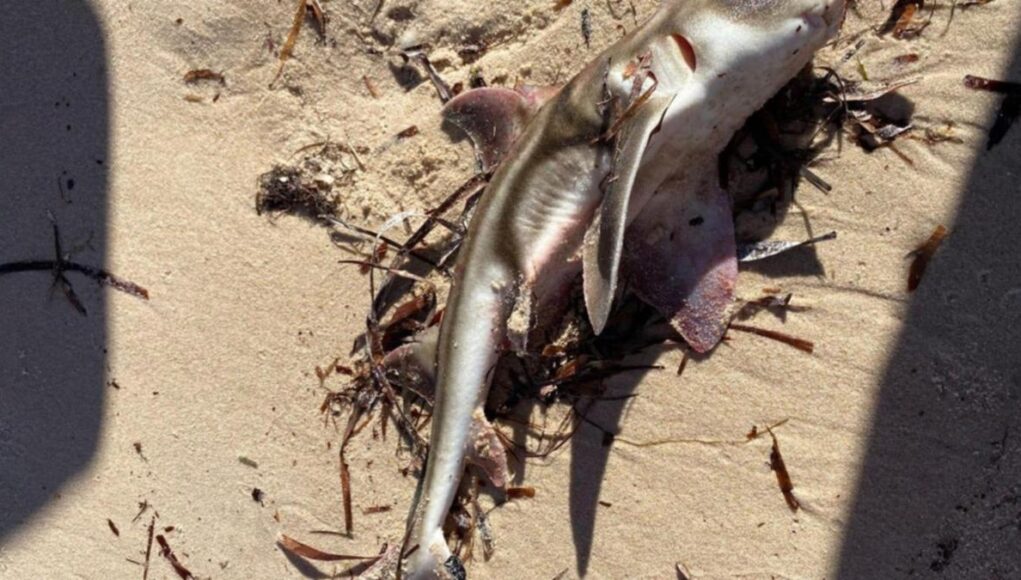Source : Perth Now news
Hundreds of species of fish and marine life have been suffocated to death after being blanketed by a toxic algae.
About 100 different types of fish and sharks, and another 100 marine creatures have died in an algae bloom in South Australian waters since March, according to data released on Saturday.
More 1400 data records captured by citizen scientists from mid-March to early May were provided to fish habitat charity OzFish.
The charity’s South Australia branch manager, Brad Martin, said rarely encountered deepwater sharks and leafy sea dragons were among the species killed as well as popular fishing species such as flathead, squid, sand and blue swimmer crabs, and rock lobsters.
Ray-finned fish accounted for almost half of the reported species lost, followed by sharks and rays.
“Most of the dead marine life we’re observing are benthic, sea-floor species,” Mr Martin said.
“These are fish and other marine species that live near the sea floor or on reefs, typically with small home ranges.”
Mr Martin said many of the affected creatures lived on reefs or hid in sand, and the sheer size of the algae bloom meant many were unable to escape.
Fish such as whiting, snapper and tuna that are able to swim further away might stand a better chance of survival.
“But we don’t know what impacts are happening offshore, or whether the bodies have floated or sunk elsewhere,” Mr Martin said.
“We won’t know the full impacts for some time.”
Because the algae can kill fish at all ages as well as their food sources, the widespread deaths would affect fisheries in the long term, OzFish warned.
“It’ll take years for populations to recover particularly as we now think there is more than one type of algae to blame,” Mr Martin said.
Karenia mikimotoi – an algae toxic to fish and invertebrates that is linked to above-average sea temperatures – was first identified in March, but following the detection of brevetoxins, there is believed to be a combination of algae creating the mass-kill event.
“It acts like a toxic blanket that suffocates marine life,” Mr Martin said.
“It can suffocate fish from their gills, cause haemorrhaging by attacking their red blood cells, and act as a neurotoxin and attack the fish’s nervous system and brain, causing unusual behaviour.”
It’s also why some fish and sharks have been observed acting so strangely, and why many of the dead have been found with a red tinge.
“It is like a horror movie for fish,” Mr Martin said.
“South Australia’s fish are having a very, very bad time right now.”
OzFish plans to gather more data with cameras and divers once it’s safe to do so.
“Urgent work must be undertaken to restore our waterways and to help them be resilient to a rapidly changing climate,” the charity said.




